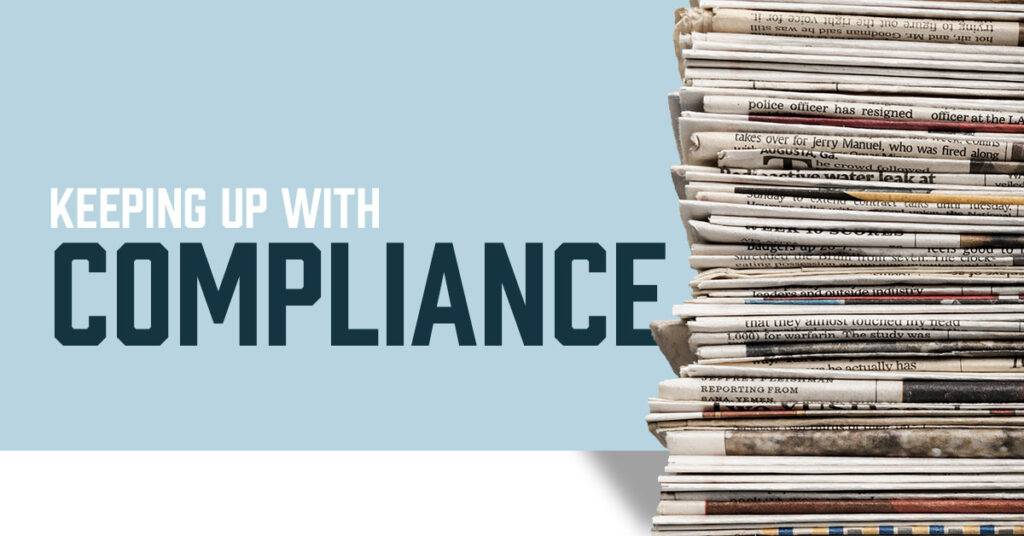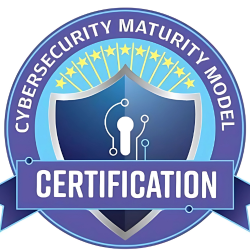5 Ways to Combine Compliance & Cybersecurity Best Practices to Improve Outcomes

Compliance and security are equally crucial for the seamless operation of your business. Although security is a prime component of compliance, compliance is not the same as security. Both are interconnected but still different.
While compliance helps your business meet industry or government regulations, security protects the integrity of your business and its sensitive data.
In this blog, we’ll take a look at how your business can benefit from combining compliance and security.
Proactively fix security and compliance issues
Failing to take adequate security measures can lead to compliance issues. Similarly, ignoring compliance could also expose your business to security risks and attract fines for non-compliance.
There are multiple security loopholes that you must proactively fix to stay out of danger. Here are a few common issues that businesses like yours face and how you can tackle them:
1. Advanced persistent threats (APTs)
APTs target endpoints, networks and the cloud to paralyze hybrid, remote and on-site work environments. The best way to tackle APTs is by deploying a solution that can:
- Offer 24/7 monitoring and threat hunting
- Efficiently block malicious actors that evade firewalls and antivirus systems
2. Insider threats
Insider threats are worrisome since they are tough to detect. That’s why we advise having an advanced internal threat detection solution that combines machine learning and intelligent tagging to identify anomalous activity, suspicious changes and threats caused by misconfiguration.
3. Lack of clarity about the network
Keeping track of all the computers, mobile phones, printers and servers on your business’s network is challenging, especially in today’s increasingly hybrid approach to work. However, without knowing the devices on your network, it is not possible to know the state of your IT network’s health. To combat this problem, you need an automated assessment and documentation solution capable of identifying risks to all assets, including those that are not physically connected to the network.
4. Untrained employees
When your employees are untrained and unaware of risky actions, it could lead to severe security setbacks. For example, an employee carelessly clicking on a phishing link could lead to a full-blown ransomware attack on your business. That’s why prioritizing regular employee security awareness training is imperative.
5. Sale of credentials on the dark web
Another major security issue that you might encounter is when your credentials get sold on the dark web. This could negatively affect your organization’s security, reputation and financial stature. The best way to combat this threat is by deploying industry-best solutions for dark web monitoring as well as identity and access management.
Align security and compliance
Most workplaces have at least minimum protection in place, such as an antivirus or active firewalls. However, you must ensure that your business’s security posture can withstand the growing cyberthreat landscape. With some effort, you can incorporate your security solutions into your compliance strategy as well.
By systematically bringing both security and compliance together, you can significantly reduce risks. To ramp up your organization’s security posture, you can implement strong authentication, data protection, access monitoring, network-to-edge defenses and more. Routinely validate the effectiveness of these solutions once they are in place to ensure your organization is taking the necessary measures to avoid non-compliance and security breaches.
Ready to take the next step?
Contact us to schedule a free consultation to learn how we can help you combine security and compliance to bolster your cybersecurity stance.
